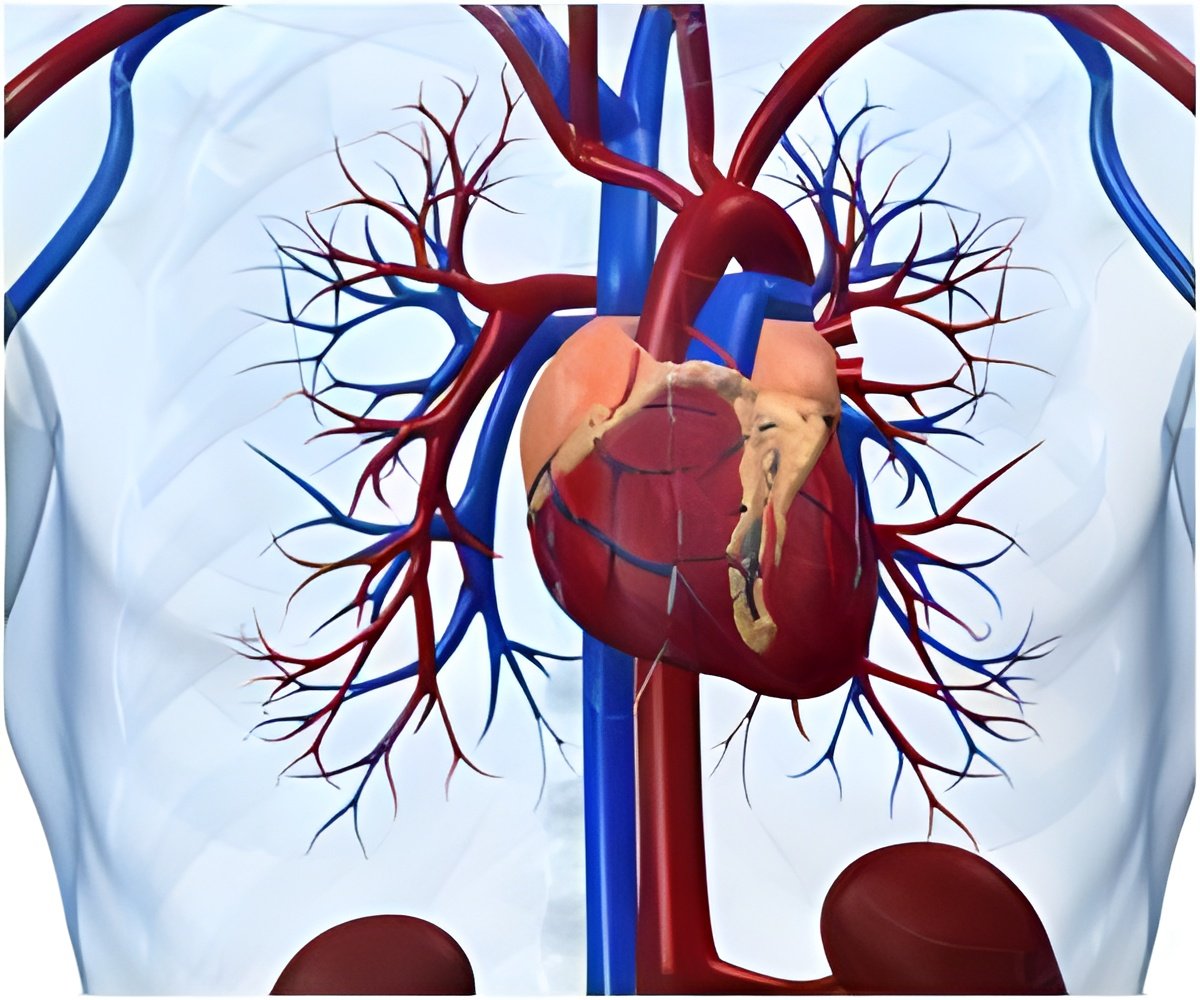
Severe aortic stenosis (AS) is increasing in frequency as the population ages. For a subset of patients in whom surgical conventional aortic valve replacement is excluded due to severe co-morbidities, an alternative to surgical aortic valve replacement – transcatheter aortic valve replacement (TAVI)- has emerged with a first-in-man case performed in France in 2002 by Pr. Alain Cribier. Since 2002, TAVI has undergone many modifications from first generation devices, and the technique is now performed routinely in selected centres to treat patients with symptomatic severe aortic stenosis who are ineligible or at high-risk for conventional surgical aortic valve replacement. Two transcatheter heart valves, the "Edwards Sapien valve" and the Medtronic Corevalve" are available in Europe. More than 30,000 procedures have been performed worldwide in the last decade.
The Edwards valve (85.4%) and Corevalve (14.6%) were used via the transfemoral (65.0%), transapical (31.9%), or subclavian (3.1%) approach. Interestingly, we found that women and men had a similar age at the time of TAVI (83.16.3 y-o), but women were characterized by less coronary and peripheral disease, less previous cardiac surgery, higher ejection fraction and a lower Euroscore (22.39.0 vs. 26.213.0%, p=0.005). Indeed, minimal femoral size (7.74±1.03 vs 8.55±1.34mm, p<0.001), annulus size (20.9±1.4 vs 22.9±1.7mm, p<0.001) and valve size (23.9±1.6 vs 26.3±1.5mm, p<0.001) were smaller in women.
The main results were
- The rate of TAVI success was similar (p=0.52) between females (90.8%) and males (88.4%) despite increased iliac complication (9.0 vs 2.5%, p=0.03) among female patients.
- One-year survival estimate was higher for women 76% (95%CI, 72-80%) compared to 65% for men (95%CI, 60-69%, log-rank p value =0.022).
- Male gender (HR 1.798: 1.004-3.215, p=0.048) was a strong and independent predictor of one-year mortality after TAVI, along with previous cardiac surgery (HR 2.299: 1.219-4.336, p=0.010), post-procedural aortic regurgitation (HR 2.261: 1.308-3.909, p=0.004), transfusion (HR 2.474: 1.319-4.640, p=0.005), acute kidney injury (HR 6.907: 3.085-15.465, p<0.001), and conversion to surgery (HR 5.147: 1.428-18.550, p=0.012).
Advertisement
In France, the CVD mortality rate decreased from 244/100,000 inhabitants to 172/100,000 inh. between 1950 and 1999 for males, and from 242/100,000 to 178/100,000 for females. Interestingly, a man who has reached 85 years has a 5.81 years life expectancy, whereas an 85 year-old woman can hope to live for 7.35 additional years (Source, French National Institute for Statitstics and Economics, www.insee.fr). The present data suggest that one-year outcome of TAVI is better among women compared to men and evidence shows that the proportion of survivors will still increase among women after years, because of more unfavourable mortality rates in males.
Advertisement









